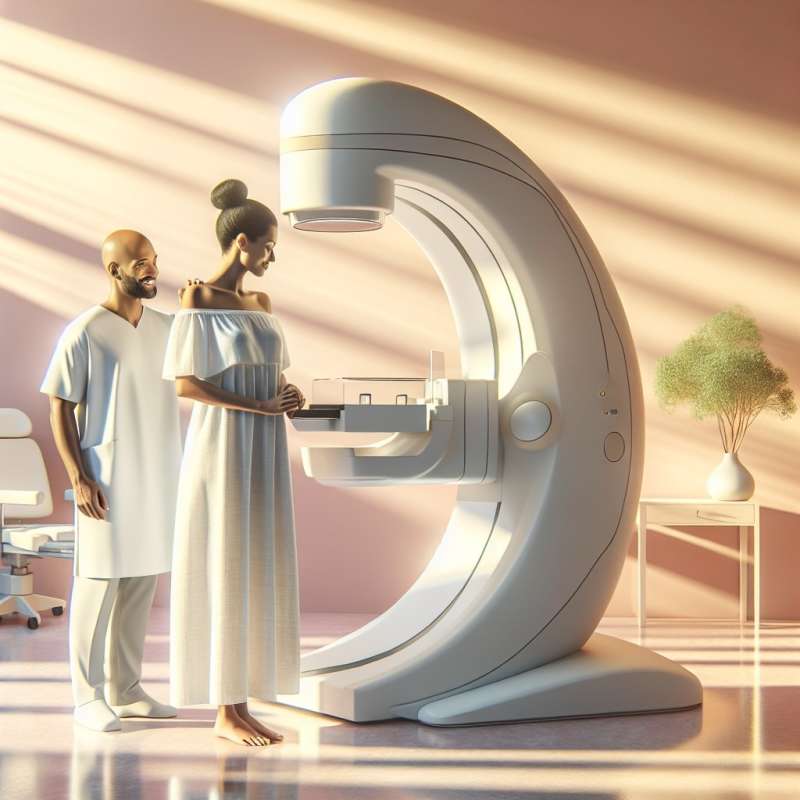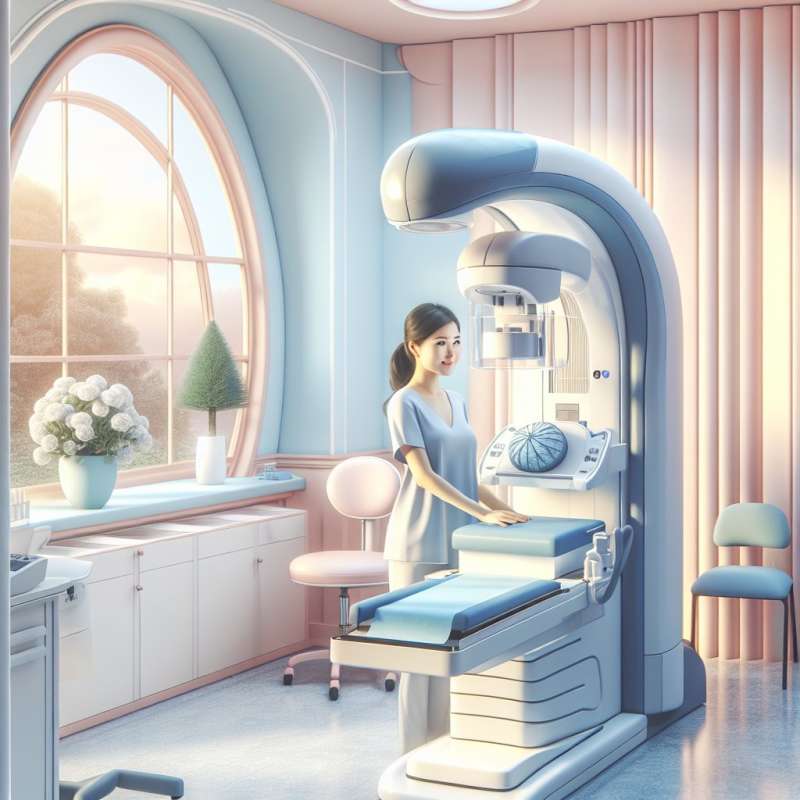
Mammogram Introduction
A mammogram is an X-ray examination of the breast, a crucial test in detecting breast cancer early. This screening tool can spot tumors that are too small to feel.
Mammograms Save Lives
Studies show that mammograms reduce breast cancer mortality by 20-35% in women aged 50-69. The test's effectiveness in women aged 40-49 continues to be researched.
3D Mammography Advances
Digital breast tomosynthesis, known as 3D mammography, increases detection rates by about 27% and reduces false positives, providing clearer images of dense breast tissue.
Optimal Mammogram Timing
Timing of the exam is crucial; the best period is one week after menstruation when breasts are least tender, ensuring less discomfort and clearer images.
Risk Factors and Frequency
Frequency of mammograms depends on individual risk factors including age, family history, genetic mutations, and previous breast lesions. Consult with a healthcare provider for personalized advice.
Men and Mammograms
Though rare, men can also develop breast cancer and may need mammograms. Men with a strong family history or genetic predispositions should discuss screening options with their doctors.
Innovations in Comfort
New mammogram technology aims to improve comfort, such as MammoPad, a foam pad that cushions the breast, and flexible plates that adjust to breast shape.
What does a mammogram specifically detect?
Bone density changes
Breast tumors
Heart conditions
Company